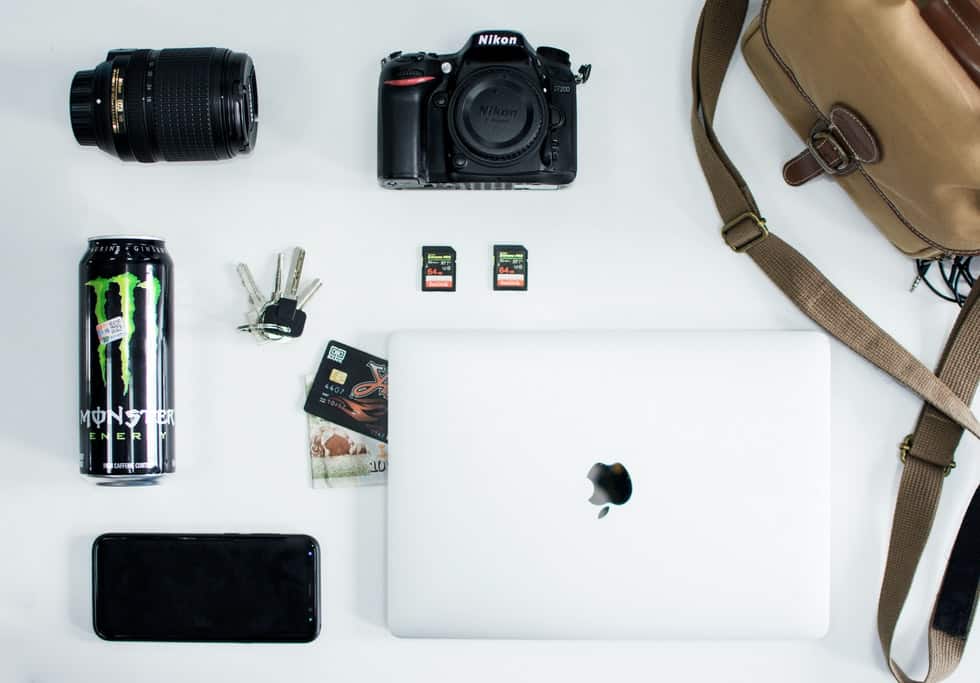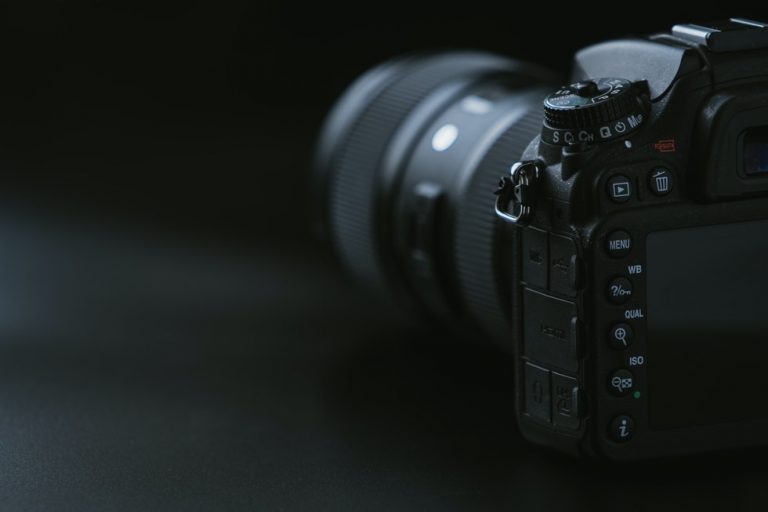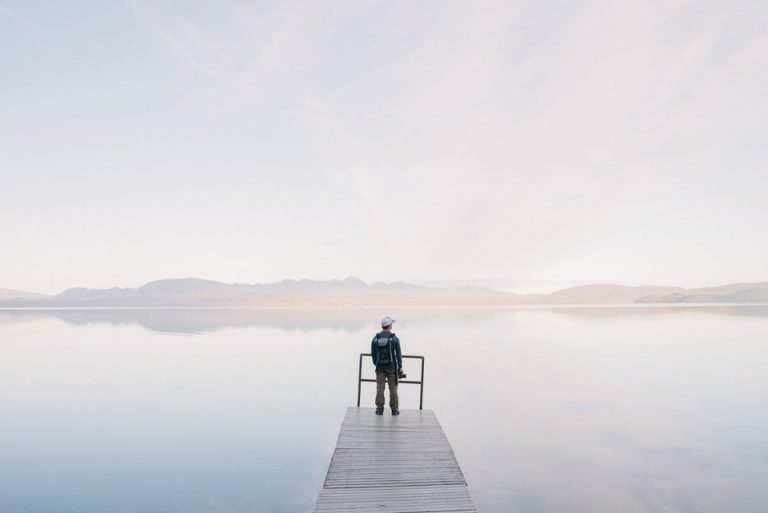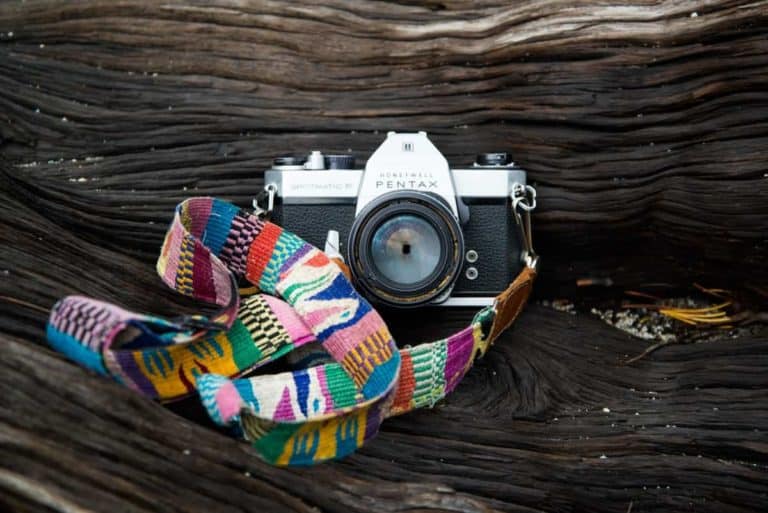The answer is “that depends.” Pictures do not have uniform file sizes. Factors of the raw file, including the resolution you take the photo at, can significantly affect file size and, therefore, how many pictures you can fit on a 64gb SD card. We’ll get to some estimates in a little bit, but first, here are some other things you should know about file sizes.

JPEG Files, RAW Files vs. DNG Files
What’s the difference between JPEG, RAW, and DNG? Check out the details here.
JPEG Quality Settings and File Size
While JPEG images can theoretically vary from 1% to 100% quality, people use functionally four categories.
- 100%: This is maximum quality and maximum file size. It’s most useful when you need exceptionally great detail in your images.
- 90%: This is the lowest you can go while still having truly high-quality photos. Going down to 90% also provides a noticeable reduction in image size, making it ideal if you want to fit as many pictures on a 64gb memory card as possible without making them look too terrible.
- 80%: At this range, you start to see significant file size reductions along with some loss in quality if you look closely at the photos. This is good enough for many websites, especially when speed is an issue, but not a great choice for detail-oriented needs.
- 75% and below: This level begins to show obvious differences in quality, which many users will notice. This is bad for any professional-level situation.
RAW File Size
RAW files are a file format that many cameras can save in. However, unlike JPEGs, RAW files do not compress. This means they offer the same quality as JPEG while being significantly larger, with most RAW files taking up 20 to 40 megabytes.
DNG File Size
DNG, or Digital Negative, is an open-source alternative to RAW. It’s a little smaller than RAW, and it supports faster workflows. However, it also requires file conversion because most cameras don’t save in this format.
SPECIAL OFFER – Get Our Photography Fundamentals Guidebook Here for Huge Savings Today – Finally, a VISUAL guide that makes mastering photography as SIMPLE as “A-B-C” so you can confidently shoot in full manual mode, and know which settings to adjust…guaranteed! Click here to learn more.
Camera Resolution Determines How Many Photos You Can Fit In A 64GB Memory Card
If you want to fit many photos onto your SD card, your camera’s resolution is the first thing to consider. This is simple: higher resolution equals bigger file size. If you take many photos at the maximum quality settings, you’re going to fill up that card a lot faster. If you take many photos at lower settings, you might be able to take three or even four times as many pictures.

Other Factors Affecting Photo Size
Here are some of the other factors that can affect photo size and how many photos you can fit on your card.
Video Files
Videos are surprisingly small for the amount of content they can contain, thanks in part to file compression. 720p video, sometimes known as HD, has a file size MB range of about 105 megabytes per minute.
1080p video, or Full HD, takes about 149 megabytes per minute of video. This is the equivalent of many photos in JPEG format, but rather fewer photos in RAW format.
2160p video, also called Ultra HD or 4K takes about 320 megabytes per minute. One thing you may notice here is that file sizes increase faster than resolution. 4K is almost twice as good as Full HD resolution-wise but takes up more than twice as much space.
Other Files on the Card
Any other files on the card will naturally reduce how many photos you can store on the card. For cameras, this may include audio files or, in mixed-use scenarios, miscellaneous personal files.
Calculating Your Camera’s File Size
It is possible to calculate how big your camera’s pictures will likely be, but the calculations are too complex to go into here. Instead, we recommend predicting your 64gb memory card usage with software like this app. If you’re not certain what your camera’s settings are, you can look through its menus to find that information.
How Many Pictures Can A Memory Card Hold in Practice?
Photo by Samsung Memory licensed under Unsplash
As you can see from the sections above, there’s no universal answer to this question because there are too many variables. However, we do have some rough estimates.
If a picture takes up 30 megabytes, which is the average file size in RAW format photos, a 64gb card can hold approximately 2,184 pictures. This means that a 64-gigabyte memory card can save far more pictures than you’re likely to take on even the longest photoshoots.
However, the capacity does shrink if you start taking particularly large photos or otherwise using up your space without transferring the files to another storage device.
Finally, if you want to have a memory card hold more pictures, you can always delete some current files on the card. Professional photographers do this frequently.
Memory Cards
Here are the main types of memory cards currently on the market, as well as how they can affect you when you’re taking photos.

CF (CompactFlash)
CompactFlash, or CF, is a 1994-era technology that’s popular among photographers thanks to its reasonably high capacity and low cost. Card sizes range from 2 MB to 512 GB, though most cards sold these days are one gigabyte or more. Anything smaller than that isn’t practical for most modern needs, including taking photos.
SD (Secure Digital)
Secure Digital cards are a popular alternative to CompactFlash. Notably, they have incredibly high data transfer rates while also having low battery consumption, making them ideal for photography. They’re also a little smaller than CompactFlash, although this isn’t too important in photography because manufacturers will find a way to add card slots one way or another.
MicroSD
MicroSD cards are a smaller variant of Secure Digital cards. However, if you want to have a 64gb hold many pictures, you’ll probably need the more-expensive microSDHC or microSDXC formats, as regular microSD cards stop at 32gb. This difference is important because some devices aren’t backward compatible.
Ideal Memory Card Size for You
Determining the ideal memory card size for you depends on how many photos you want to take. If you’re going to take a few high-quality photos at family events, you can probably get away with 8gb or less. If you want to take many pictures for business, get the largest cards you can afford.
Consider the Size of the Memory Card
Size matters on several levels. First, larger cards are easier to see, hold, and use. Also, since they can store more data, they give you added flexibility for storing and manipulating photos. You won’t fill up a 64gb memory card quickly unless you’re doing something extremely unusual, and having a few more memory cards neatly averts space concerns.
Consider the Speed of the Memory Card
This is a more significant concern. Write speed determines how fast you can save pictures to a memory card and, therefore, how quickly you can take them. This matters if you need to take a lot of pictures in rapid succession. If you’re waiting several seconds or even minutes before pictures, the write speed for your photos is functionally irrelevant.
The best memory card formats have significantly higher write speeds, which is one of the main differences they have compared to regular cards.
Ways to Use Your Photo Capacity
Here are some ways to use all that extra capacity for your photos.
Extended Time Lapse
You can fill up your memory cards relatively quickly with extended time-lapse photos. These can create some stunning results, so consider trying it out if you have plenty of room to spare.
Incremental Shooting
Incremental shooting involves slowly adjusting the camera settings to get closer and closer to a final picture or to create a composite photo from many images taken with different settings. This involves taking lots of extra pictures, so it will fill up the memory on your memory card quickly.
Extended Trip
This is perhaps the best way to fill up space on your cards. By taking many pictures over a week or more, you can expect to fill up several high-capacity cards. Don’t forget to bring extra batteries for your camera because storage space isn’t your only concern on longer trips.
Videos
Videos are not the fastest way to fill up space on a camera. You can do that by merely taking quite a lot of high-quality photos in rapid succession. However, video is the fastest method most people will use. The higher the quality, the faster you’ll fill up space on your cards.








